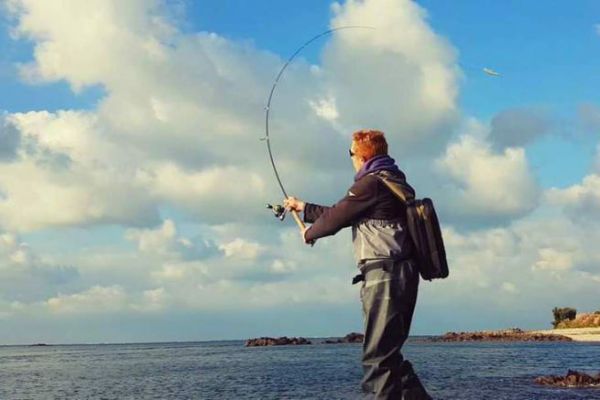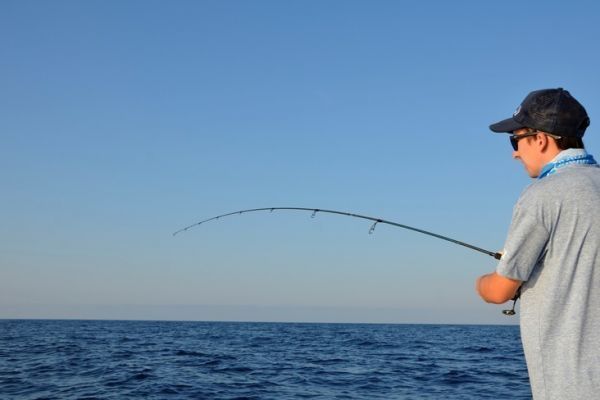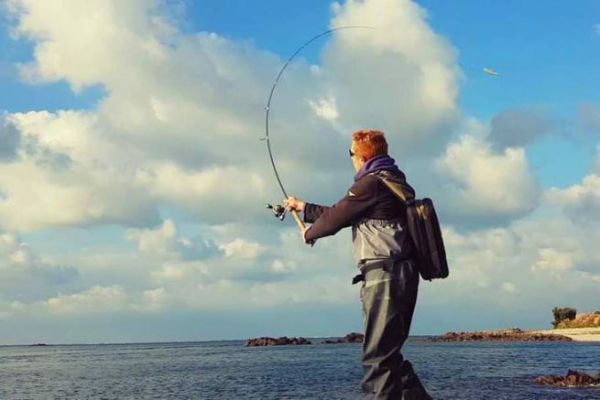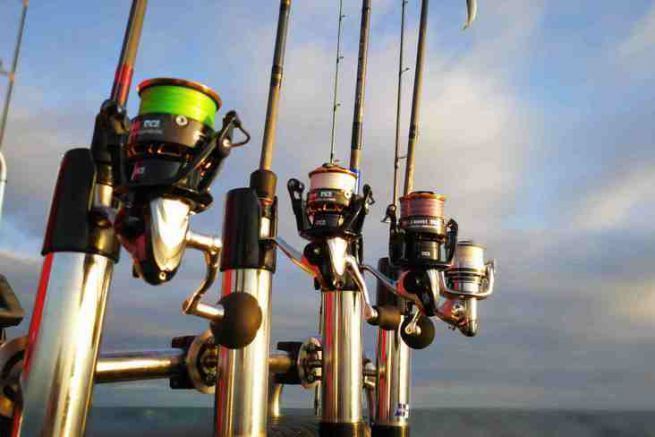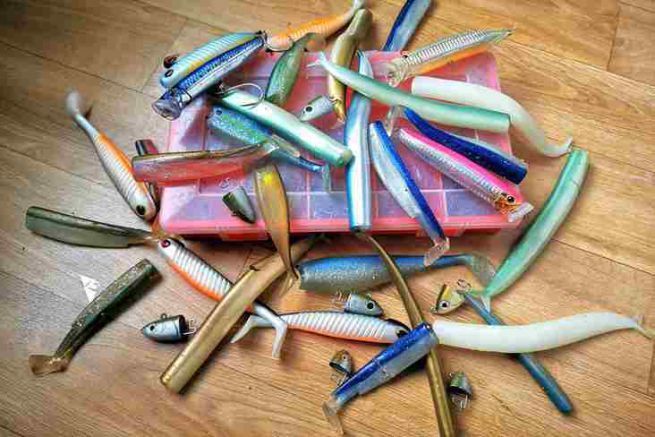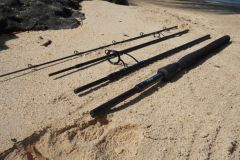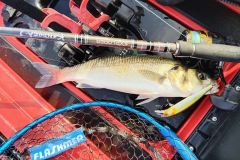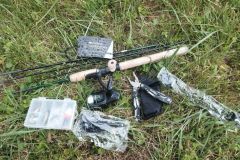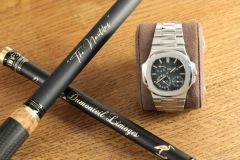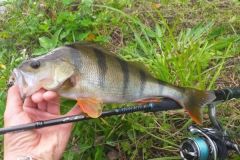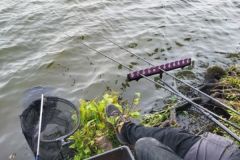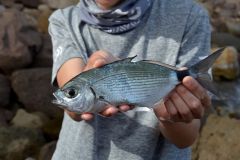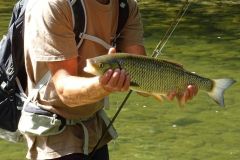It's a question we've all asked ourselves when we first started sea fishing. How do we go about buying our first sea casting rod? What criteria should you take into account and what budget should you allocate?
Our goal today is to find a rod that's as versatile as possible. To make this choice, we need to clearly define our needs and expectations. We start by drawing up our specifications, answering the following questions.
Boat, kayak or shore use?
Depending on the fishing method used, the length of the rod will be affected.
- From the edge a fairly long rod is recommended to increase casting distance. That is, between 2.30 m and 2.70 m.
- Kayaking the length of the heel is particularly important. Because of the seated position, a heel that is too long is likely to get in the way. A cane of 2.00 m to 2.20 m will do.
- By boat in this case, you have fewer constraints, but we prefer a shorter rod than for shore use. Between 2.00 and 2.40 m.
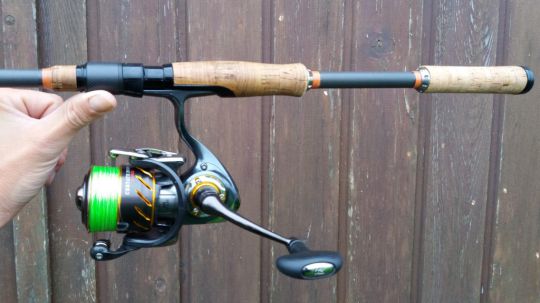
What kind of throwing power?
The casting power corresponds to the range of use of this rod in relation to the weight of the lures, i.e. its ability to cast lures and animate them.
It can be broken down as follows:
- L (Light): from 3 to 15 g
- ML (Medium Light): from 5 to 20 g
- M (Medium): from 10 to 30 g
- MH (Medium Heavy): from 15 to 40 g
- H (Heavy) and XH (eXtra Heavy) for even more weight: from 20 to 60 g or even heavier
This value has nothing to do with combat strength, which is expressed in lbs.
A 10-45 gram rod is considered versatile. It will allow you to animate and cast lures between 10 and 45 grams.
For vertical use, without casting, the high range is much higher. So, on the same 15-40 gram rod, you can use lures up to 70-80 grams, provided you don't cast them.
Be careful to take into account the overall weight of the lure plus the lead head.
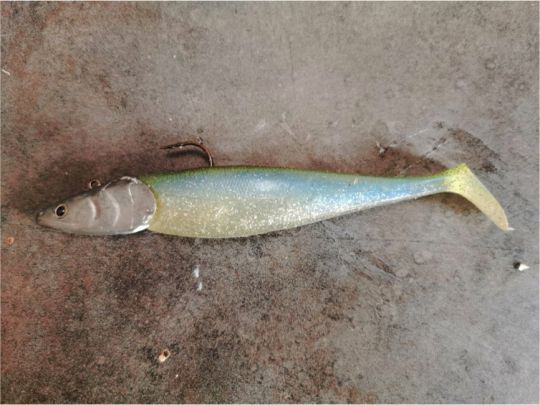
You therefore need to define which lures you are going to use to estimate this power range.
What's in it for the cane?
The action of a rod is the way it works and bends during a fight with a fish or during animation.
There are 3 main types:
- Action Fast, the rod will work on the last third of the blank.
- A share Moderate, the entire blank, from tip to tail.
- The action Mod Fast or semi-parabolic. It's a compromise between the 2 previous actions. The blank works on half.
Two other intermediate actions also exist:
- Extra-Fast for truly cutting-edge action.
- Slow very round action, especially for slow jig fishing.
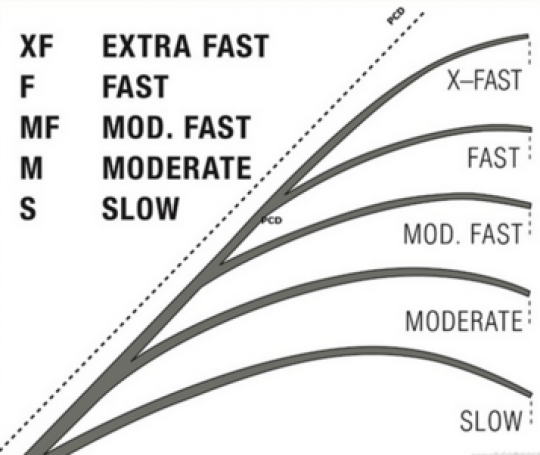
A fast rod will be used for all tactile fishing such as scratch fishing or fishing where maximum information is required.
On the other hand, when using swim-fish, a moderate rod is recommended.
The Mod-Fast intermediate offers the most versatility.
How powerful a rod?
Power corresponds to the strength of the rod and therefore to the braid to be used with it. Generally speaking, rods for sea casting range from 10 to 25 lbs.

What price to put on a cane?
Investment is a vast subject. The mistake would be to invest in entry-level equipment that will quickly be replaced by a higher-end range, a change that comes with the desire to evolve technically.
You don't need to invest a fortune either, especially as you'll also need a reel, braid, lures and various accessories.
With a budget of between ?150 and ?200 for a rod, you'll find what you're looking for at your retailer, who will be able to advise you as soon as your specifications are clearly defined. This is the key to avoiding getting lost in the plethora of products available.

 /
/ 